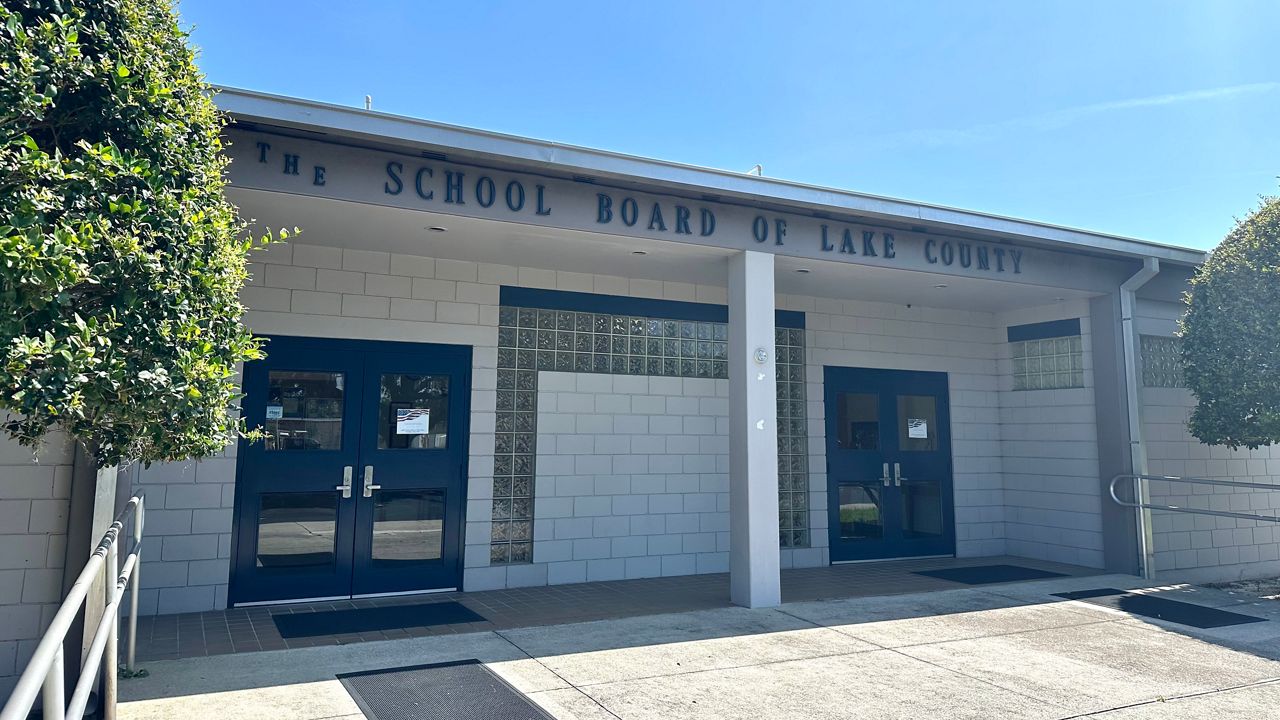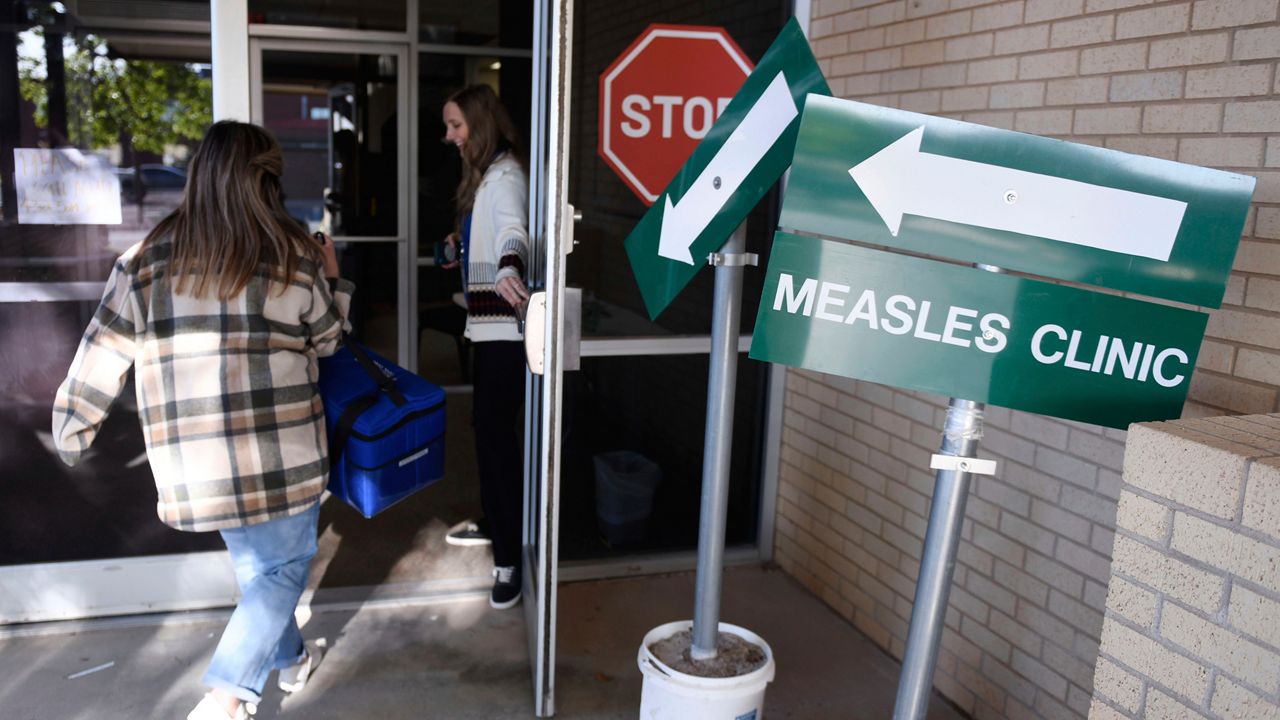ORLANDO, Fla. — An Orange County commissioner is pushing for action to protect Split Oak Forest as plans for a 9-mile toll road move forward.
The toll road would connect State Road 417 near Boggy Creek in Orange County to Cyrils Drive in Osceola County — a route that requires the road to be built through a section of the forest.
Last year, the Florida Fish and Wildlife Conservation Commission (FWC) voted 6-1 accepting a deal to build a toll road through Split Oak Forest.
Since then, supporters of the campaign, including Orange County Commissioner Kelly Martinez Semrad, said they were blindsided when they noticed planted stakes on the ground to indicate the highway’s path in Split Oak.
Semrad says this prompted her to ask Orange County officials for clarification on the road’s status.
She and other commissioners received a lengthy reply from the Orange County Environmental Protection Division with 80 pages attached outlining the settled decision.
The memo also indicated that an agreement was reached between Osceola County and the Central Florida Expressway Authority (CFX), since the 1.3-mile segment of road to be built through Split Oak Forest is entirely within Osceola County.
Semrad adds she was surprised because there was still ongoing litigation between the two counties at the time.
When asked if anything could derail the project, CFX spokesperson Brian Hutchings said “all signs point to go."
Now, advocates of the Save Split Oak campaign are calling Osceola County officials out because of a Jan. 30 agreement with CFX and FWC to move ahead with the project.
They claim that this new deal not only excludes Orange County, but it goes against the original interlocal agreement that has protected Split Oak for decades.
The expressway would affect about 160 acres — 60 acres directly and 100 acres indirectly — of land out of the forest’s nearly 1,700 acres. All the affected land in question is located entirely in Osceola County.
Split Oak Forest is a conservation area jointly owned by Orange and Osceola counties that is managed under an agreement by the FWC, that uses taxpayer dollars.
Back in the 1990s, both counties partnered together to place protections on Split Oak, but the proposed toll road development has landed them on opposite sides.
To this day, experts say it remains one of the state’s most important habitats for the endangered gopher tortoise.
Now that Osceola County is going ahead with building the toll road, Semrad says she believes the public has a right to know what’s going on.
She said she plans to bring action items against Osceola County during Tuesday’s Board of County Commissioners meeting in Orange County.
In an April 4 memorandum on the issue, though, the Orange County Environmental Protection Division said: “Orange County does not have jurisdictional or regulatory permitting authority over lands in Osceola County including the portion of (the toll road) proposed to impact (the Split Oak Forest and Wildlife Environmental Area).”
Semrad is pushing Orange County staff to bring the issue to the dais to see if there is a way they can leverage Orange County’s relationship with Osceola County to influence the project.
According to the CFX website: “The Osceola Parkway Extension would provide one solution to enhance mobility for the area’s fast-growing population and economy, improve connectivity to Orlando International Airport and relieve congestion on local roads.”












